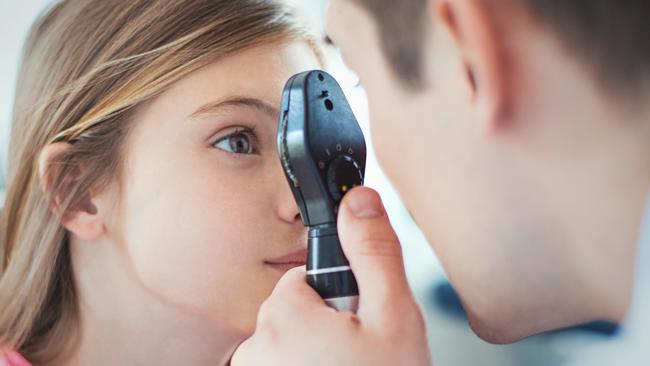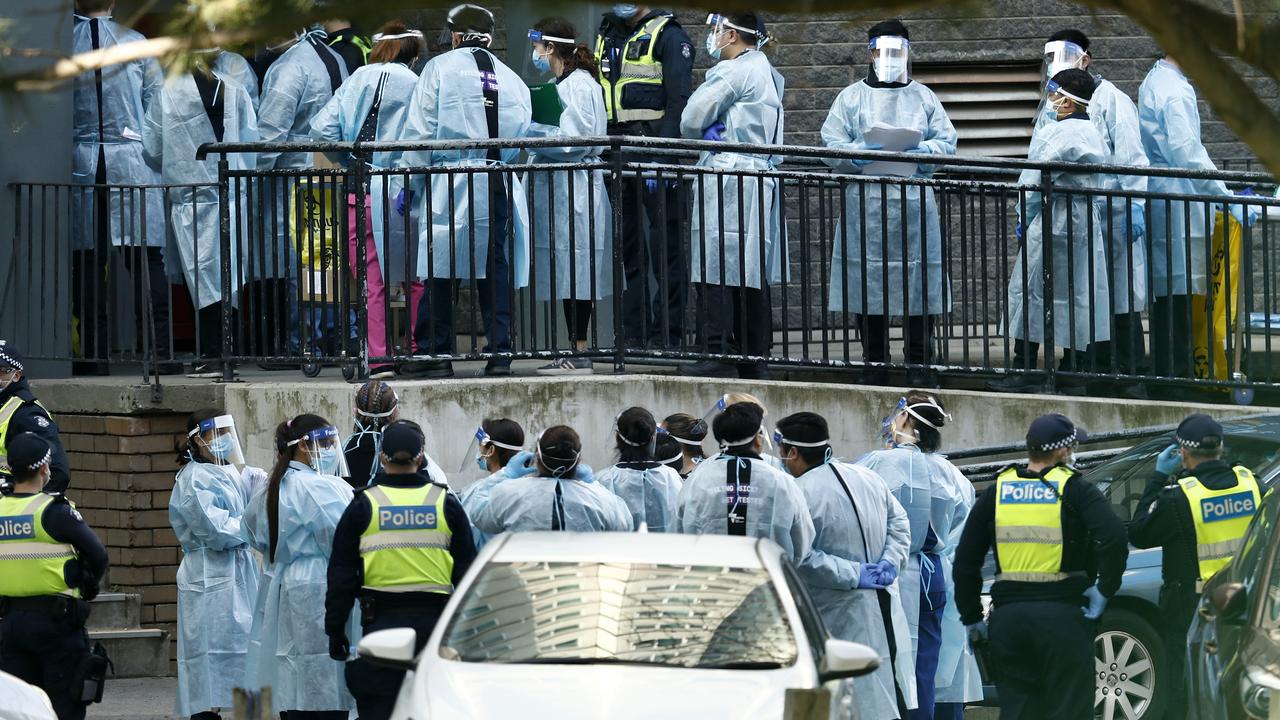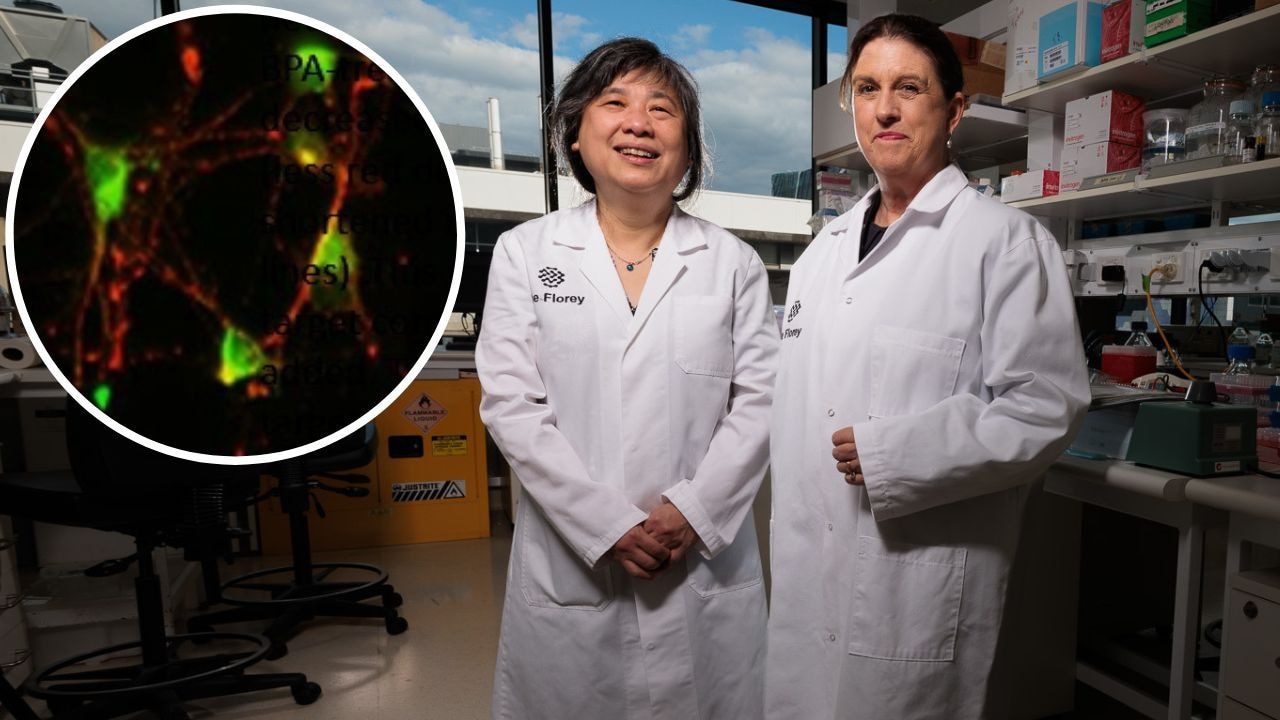Child blindness warnings began six years ago
A leading ophthalmologist warned hospital directors in 2013 that children were losing the chance of a ‘normal visual life’.

The head of ophthalmology at one of Sydney’s major children’s hospitals warned hospital directors in 2013 that children were losing the chance of a “normal visual life” because they were waiting so long to see a doctor.
At the time, children were waiting six months for an appointment but waiting times have since blown out to two years.
In a letter dated May 22, 2013, the director of ophthalmology at the Sydney Children’s Hospital in Randwick, Kimberley Tan, said the next available appointment at the hospital’s eye clinic was not until November.
“Even putting aside life or ocular threatening disease, there is still a frustrating common ongoing problem with late diagnosis of common childhood eye disorders,” the letter says. Those included conditions that cause children to have turned or lazy eyes, which can lead to blindness.
“There is now overwhelming evidence that addressing these problems within weeks to months allows re-establishment of normal binocularity,” the letter says.
“All of these children that get seen six months late, have almost universally lost this opportunity for a normal visual life.”
The letter says a shortage of orthoptists, who support the work of ophthalmologists by helping to diagnose and treat eye disorders, was preventing the department from meeting “high demand for services and reducing long waiting times to get into the clinic”.
Dr Tan says in the letter, sent to the children’s hospital’s clinical director, Verity Luckey, and Jon Roberts, the director of operations of the Prince of Wales Hospital, on the same campus, that there was a rumour a part-time orthoptist who was leaving would not be replaced. If this occurred, he warned, the department would “be obliged to reduce numbers in overbooked clinics and the waiting times will balloon out”.
As revealed by The Australian yesterday, under-resourcing of the Lions Eye Clinic for Children at Randwick reached such a crisis point last year that doctors decided the clinic could no longer safely accept new patients.
Staff wrote to new patients in late September advising them their appointments had been cancelled. The letter says after “many years of understaffing” the clinic could not reliably provide “care to a level considered minimum standard for a developed country”.
“The situation has reached the expected and forewarned clinical point where too many shortcuts are risking patient safety,” it says.
Dr Tan told The Australian the clinic’s waiting list had blown out to more than 500 children, who were waiting as long as two years for appointments, and he feared some were “going blind unnecessarily with treatable diseases that should be picked up”. He said the department had been asking for more resources since 2009 but staffing numbers had not been increased since then.
The crisis in ophthalmology comes amid a furore over a lack of cardiac services at the Sydney Children’s Hospital at Randwick, in the city’s east. Some doctors at the Children’s Hospital at Westmead, in Sydney’s west, want all paediatric cardiac surgery conducted on their campus, but Randwick-based doctors warn children “will die” if cardiac surgery is stopped at their hospital.
A former chief executive of Melbourne’s Royal Children’s Hospital, Kathy Alexander, has been appointed to review governance of the two children’s hospitals, which merged in 2010. The review was ordered after Randwick doctors last month passed a motion of no confidence in the hospitals’ executives and board and in their combined management structure.
The Australian Medical Association’s NSW branch head Kean-Seng Lim yesterday called for an independent review of “where and how” paediatric services were provided in the state.
“It has been 10 years since the last major review of paediatric services in NSW,’’ Dr Lim said.
“While there is discussion about the provision of paediatric cardiac services, there are many wider issues about the delivery of paediatric care in NSW, particularly its wider availability.”


